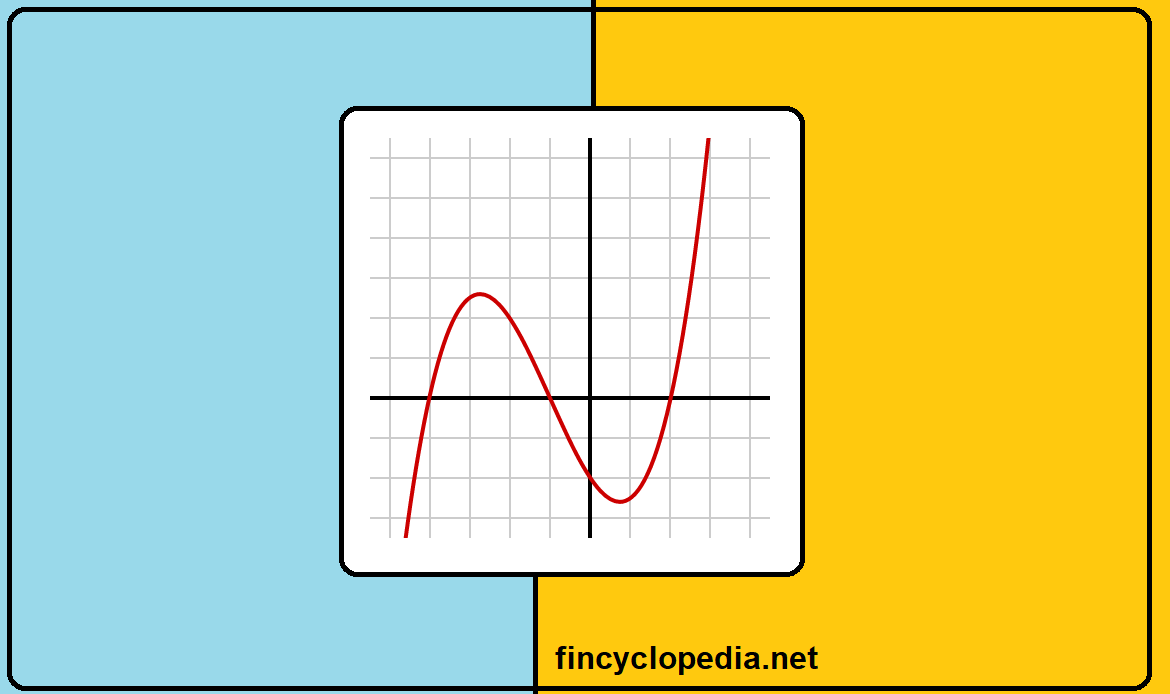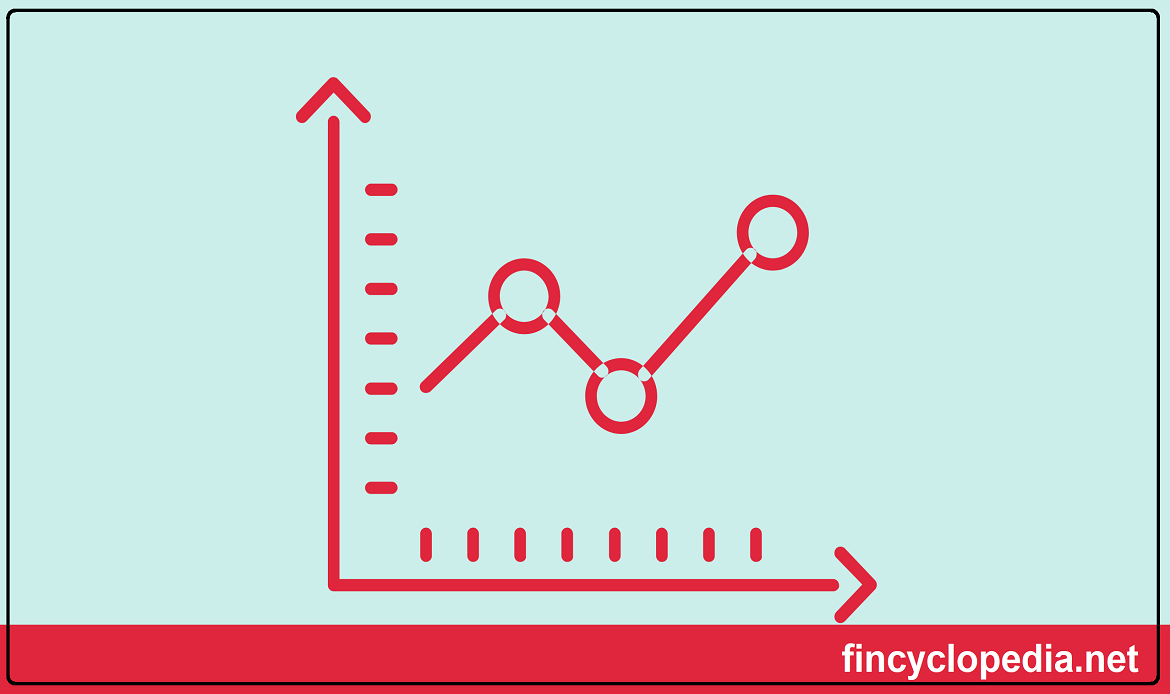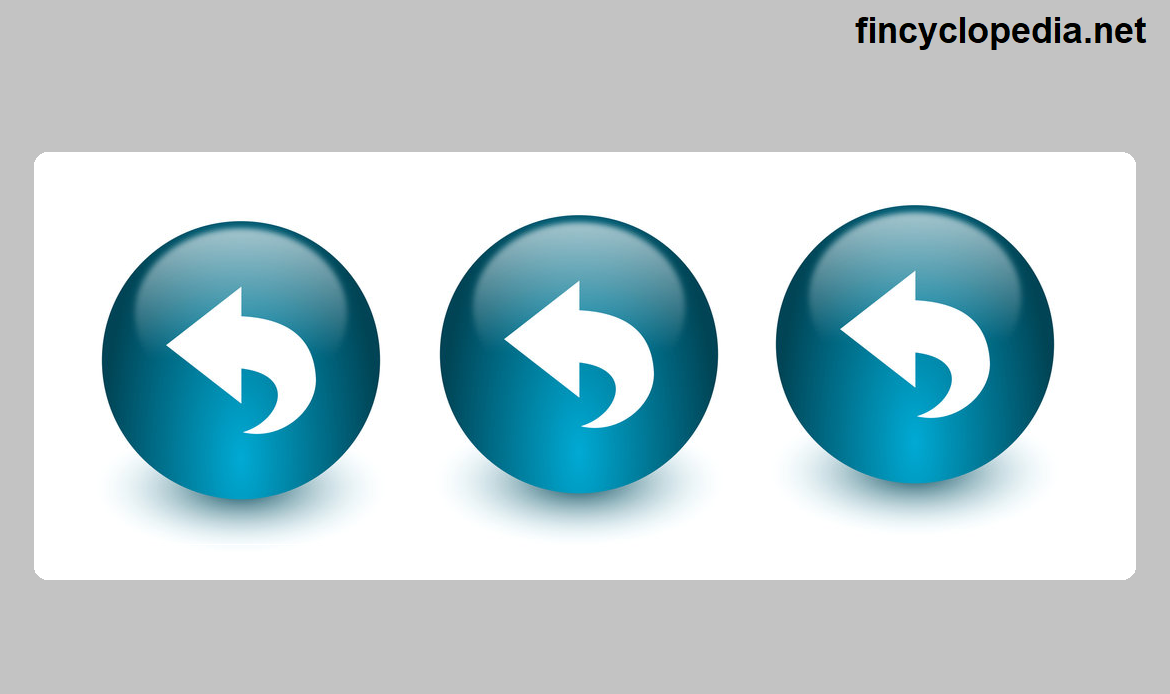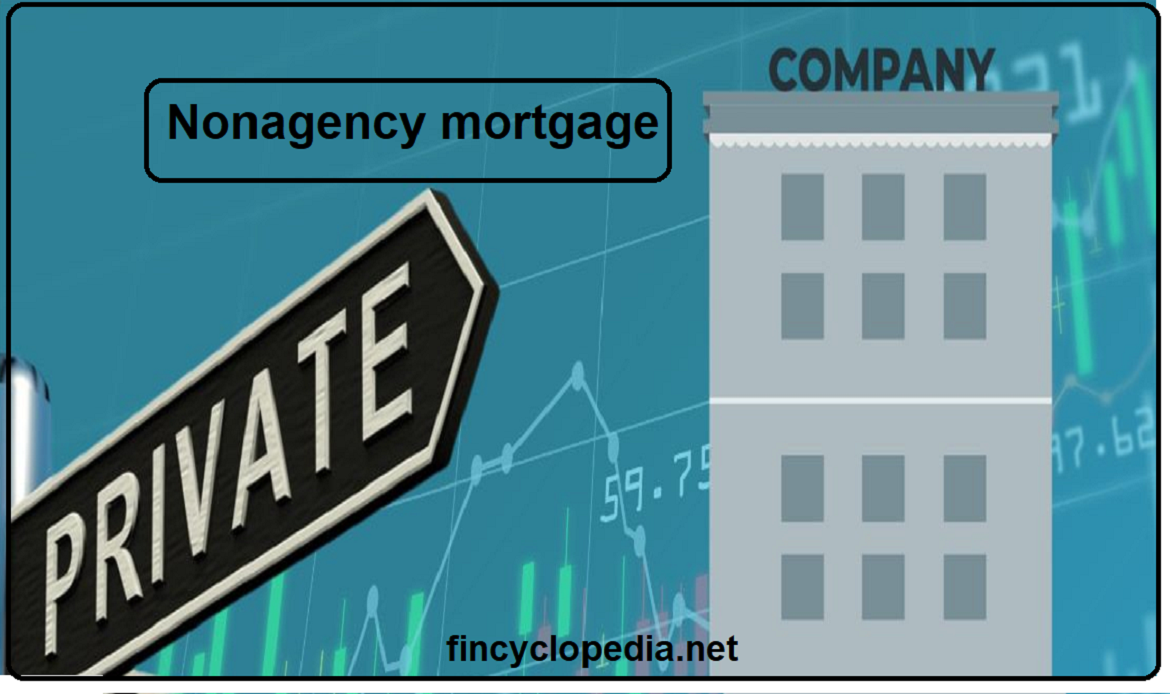A product that does not feature a 1:1 relationship between its price movement and that of its profit/ loss (return). In other words, the product’s return reaction is more or less proportionate. This is opposed to the case of linear products such as a stock. A stock is associated with a linear risk: if XYZ stock price increases by $1 (no matter the trading price) the holder will make a $1 profit (capital gain).
On the other hand, a non-linear product involves a non-linear risk that arises when such a price-return relationship is non-linear. A bond features such a risk: if the yield on a 10-year bond (4% coupon) increases by 100 basis points, the holder would lose more proportionately (in the market value of the bond) when the yield increases from 1% to 1.5%. But if the yield increases from 4% to 4.5%, the loss would be substantially less. Generally speaking, as yields fall, bond prices become increasingly sensitive to their movement (a type of risk known as negative convexity).
Other non-linear products/ instruments include options/ exotic swaps/ structured trades which involve both linear risk and non-linear risk. For example, swaptions feature exposure to the underlying swap as well as the option volatility.






